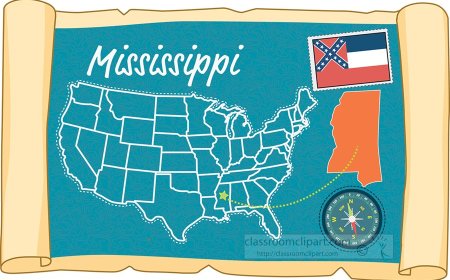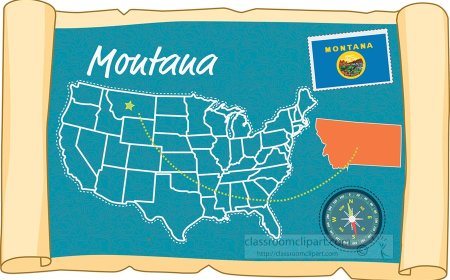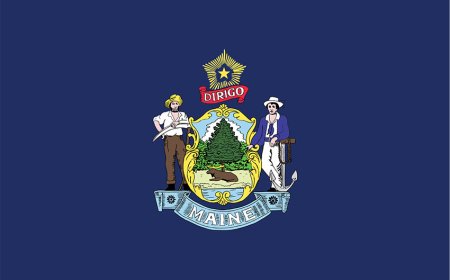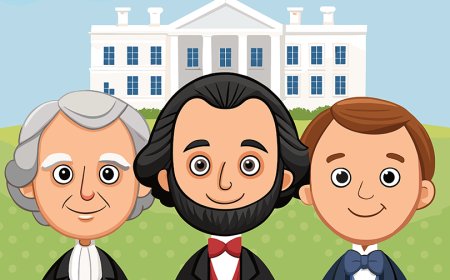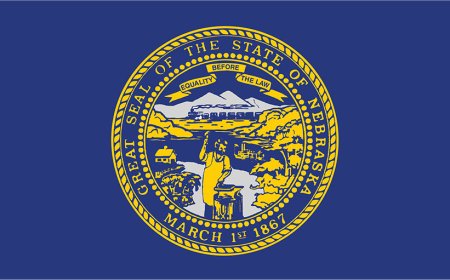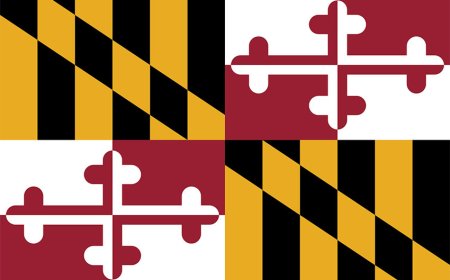Nevada State Facts for Kids – History, Geography & Fun Trivia
Explore amazing facts about Nevada for kids! Learn about Nevada’s history, deserts, mining, and famous landmarks like the Las Vegas Strip and Hoover Dam.
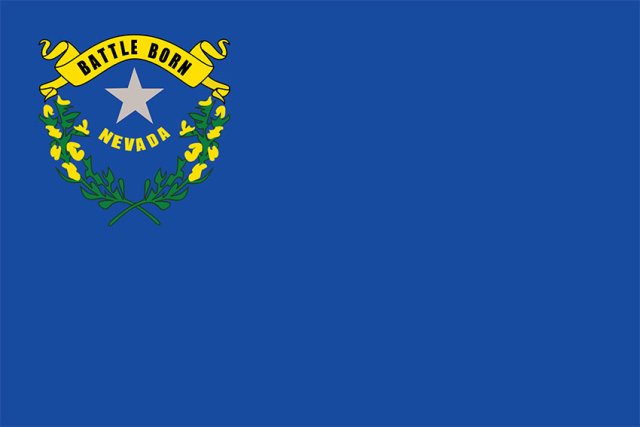
Introduction
Nevada, nicknamed the Silver State, lies in the western United States and is known for its vast desert landscapes, rugged mountain ranges, and vibrant entertainment hubs. From the glittering lights of Las Vegas to the quiet beauty of Great Basin National Park, Nevada’s history and culture reflect a blend of frontier heritage, mining booms, and modern innovation.
Quick Fact Box
- Statehood: October 31, 1864 (36th state)
- Capital: Carson City
- Largest City: Las Vegas
- Nickname: The Silver State
- Motto: All for Our Country
- Area: 110,571 mi² (7th largest)
- Population: ~3.1 million (2020 census)
- Highest Point: Boundary Peak (13,147 ft)
- Lowest Point: Colorado River (478 ft)
- State Bird: Mountain Bluebird
- State Flower: Sagebrush
- State Tree: Singleleaf Pinyon
Where in the USA
Nevada occupies the Great Basin region of the western United States. It is bordered by Oregon and Idaho to the north, Utah to the east, Arizona to the southeast, and California to the west. More than 80 percent of Nevada is public land, managed by federal agencies, offering wide-open spaces and remote backcountry.
History
Nevada’s history begins with the Indigenous peoples—such as the Paiute, Shoshone, and Washoe—who thrived for thousands of years in its mountains, valleys, and desert basins. They hunted game, gathered pinyon nuts, and developed trade routes that linked Great Basin communities to the wider Southwest.
In the early 1800s, European explorers and fur trappers—working for companies like the Hudson’s Bay Company—ventured into what would become western Nevada. However, it was the discovery of the Comstock Lode in 1859, the richest silver strike in U.S. history, that transformed the region overnight. Boomtowns like Virginia City sprang up around the mines, drawing prospectors, merchants, and entrepreneurs from around the world.
During the Civil War, Nevada Territory was carved out of western Utah Territory and admitted as the 36th state on October 31, 1864, in part to help secure Union control of the valuable mineral wealth. The state’s motto, “All for Our Country,” reflects the urgency of wartime statehood and Nevada’s contribution to national finances through its silver output.
Following the mining rush, Nevada’s economy endured boom-and-bust cycles as various mineral deposits were exhausted. The arrival of the Union Pacific Railroad in the 1860s linked Nevada to eastern markets, while ranching and small-scale farming took hold in suitable valleys. In 1931, during the Great Depression, Nevada legalized gambling to spur economic growth—an act that laid the foundation for Las Vegas’s transformation into a world-famous entertainment capital.
In the post–World War II era, Las Vegas and Reno expanded rapidly, buoyed by tourism, conventions, and legalized gaming. At the same time, rural counties continued mining gold, copper, and other minerals, while Nevada’s vast open spaces attracted military training sites and scientific research facilities, including the Nevada Test Site established in 1951.
Today, Nevada balances its heritage of frontier mining and 24-hour entertainment with high-tech industries, renewable energy projects, and conservation of its wide-open skies and rugged landscapes. The Silver State’s story is one of sudden booms, calculated risks, and continual reinvention in the face of an ever-changing desert frontier.
Landmarks and Attractions
Nevada’s attractions range from natural wonders to iconic entertainment venues. Lake Tahoe’s clear waters and ski slopes draw outdoor enthusiasts year-round. The neon-lit Las Vegas Strip hosts world-class shows, casinos, and resorts. In eastern Nevada, Great Basin National Park features the ancient Bristlecone Pines and the limestone caves of Lehman Caves. Historic towns like Virginia City preserve the legacy of the Comstock Lode silver boom
State Symbols & Emblems
Nevada’s silver mining heritage is honored by its nickname and state mineral, silver. The mountain bluebird, with its vivid blue plumage, represents the open skies of the high desert. Sagebrush, the state flower, dominates the sage‐brush steppe ecosystem. The singleleaf pinyon, whose nuts were a food source for Native peoples and settlers, is the state tree.
People, Culture & Economy
Nevada’s population centers are concentrated in the southern Las Vegas and Reno–Tahoe regions, while most of the state remains rural. Tourism and hospitality drive the economy in Clark County, with casinos and entertainment commanding global recognition. Mining—especially gold and silver—remains vital in rural counties. Technology firms and distribution centers have grown around Reno and Carson City, diversifying the economic base.
Famous People of Nevada
- Pat McCarran – U.S. Senator instrumental in mid-20th-century aviation and national security legislation
- Wayne Newton – Singer and entertainer known as “Mr. Las Vegas” for his decades-long headlining shows on the Strip
- Carrot Top (Scott Thompson) – Prop-comedy performer and Las Vegas staple renowned for his high-energy humor
- “Terrible” Terry McGovern – Early 20th-century boxer and two-weight world champion from Reno
- Armon Johnson – Basketball guard who starred at UNLV and played in the NBA
- Nicholas Christofilos – Physicist whose work on particle accelerator design influenced high-energy research
- Brandon Flowers – Musician and lead vocalist of the rock band The Killers, formed in Las Vegas
- Jewel Kilcher (Jewel) – Grammy-nominated singer-songwriter who began her career busking in Nevada’s open mic venues
Climate, Ecosystems & Conservation
Nevada has an arid to semi-arid climate with hot summers and cold winters in higher elevations. The Great Basin’s basin-and-range topography creates varied ecosystems from salt flats to alpine forests. Conservation efforts focus on preserving water resources, protecting sage‐grouse habitat, and managing wildfire risk. National wildlife refuges safeguard migratory birds along the Pacific Flyway.
Government, Education & Everyday Life
Nevada’s government is led by a governor and a bicameral legislature meeting in Carson City. The state’s sales-tax-funded education system includes the University of Nevada campuses in Reno and Las Vegas. Everyday life for Nevadans might include a day trip to Lake Mead, hiking in Red Rock Canyon, or attending a rodeo in rural counties. Community events like Basque festivals and hot-air balloon races reflect the state’s cultural diversity.
🌟 Vocabulary List (Table Format)
| Word | Definition |
|---|---|
| Silver State | Nevada’s nickname because of its history of silver mining. |
| Sagebrush | A common plant with a strong smell that grows in Nevada’s deserts. |
| Las Vegas Strip | A famous street in Las Vegas with many hotels, casinos, and bright lights. |
| Desert | A dry area with little rain; much of Nevada is desert. |
| Mining | The process of digging minerals like gold and silver out of the ground. |
| Hoover Dam | A huge concrete dam on the Colorado River that provides electricity and water. |
| Comstock Lode | A major silver discovery in the 1800s that brought many people to Nevada. |
| Territory | An area of land under the control of a country but not yet a state. |
| Tourism | When people travel to visit and explore a place. |
| Ranching | Raising animals like cattle and sheep for food and products. |
Fun Facts
- Nevada is the driest state in the U.S., averaging less than 10 inches of rain per year.
- More than half of Nevada’s population lives in Clark County (Las Vegas area).
- The Berlin-Ichthyosaur State Park preserves the largest known concentration of ichthyosaur fossils.
- Nevada legalized gambling in 1931, making it the first U.S. state to do so.
- Area 51, a secretive military base, has inspired countless UFO stories and conspiracy theories.
Vocabulary Words
- Arid: Extremely dry climate with little rainfall.
- Basin: A low-lying area, often holding water or sediments.
- Ichthyosaur: An extinct marine reptile whose fossils are found in Nevada.
- Steppe: A large area of flat unforested grassland.
- Frontier: The outer edge of settled or developed territory.


















































